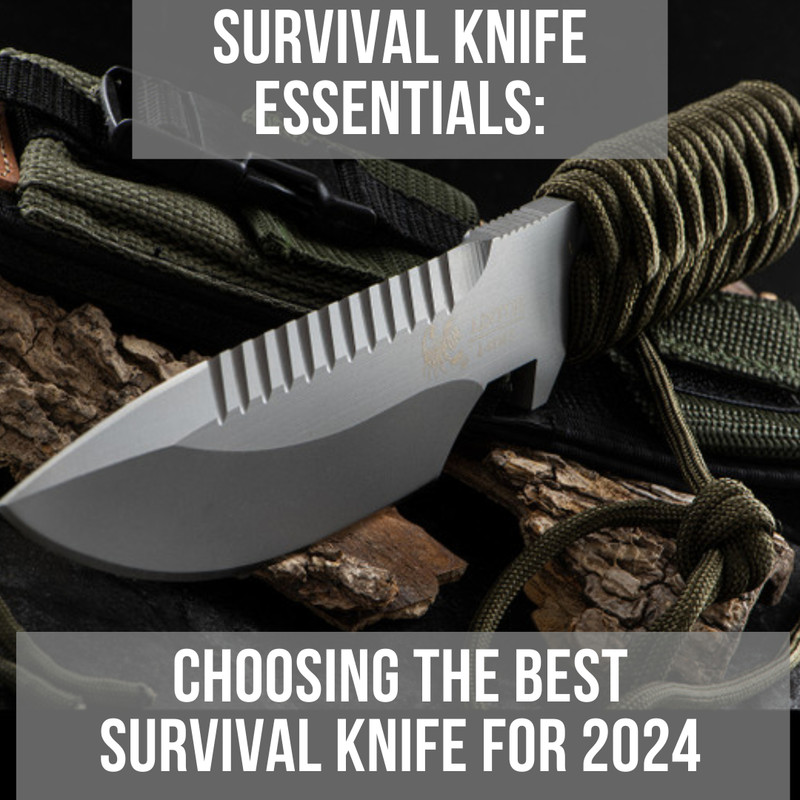The Ultimate Tomahawk Axe Buying Guide
Posted by HH on 22nd Jul 2015
This post will be your ultimate guide to tomahawk axes. Taking you through what a Tomahawk actually is, who needs one, what they are used for, how to choose the right ‘hawk’ for you.
Tomahawks aren’t just used on CALL of DUTY
With the rise of computer games like CALL OF DUTY, some people could be forgiven for only knowing the tomahawk from there. However, this is but a glimpse of the potential uses that a tool such as the tomahawk.
For those versed in the outdoors, you will know that axes, hatchets and tomahawks are amongst the most essential survival equipment needed for surviving in the wild. Expert campers use tomahawks and axes to build emergency shelters, and chop and split firewood and finer bushcrafting skills, and that’s just the tip of the iceberg so to speak.

Why use a Tomahawk?
Well firstly, full sized axes may be better suited to farm work and some really heavy duty tasks. The problem with those larger axes though, is that they tend to be big and bulky, so not ideal for carrying around on longer journeys. Secondly, you have hatchets and tomahawks, which can be carried with relative ease. They are small enough to fit in your pack or lash to the bottom of a canoe seat. Technology now means that these tools are now even stronger and lighter than ever before. This gives the tomahawk even more versatility.
Tomahawks have the ability to effectively replace several tools in a lightweight and compact device that is easy to carry and deploy is a perfect solution for anyone who ventures into the outdoors for more than just a stroll.
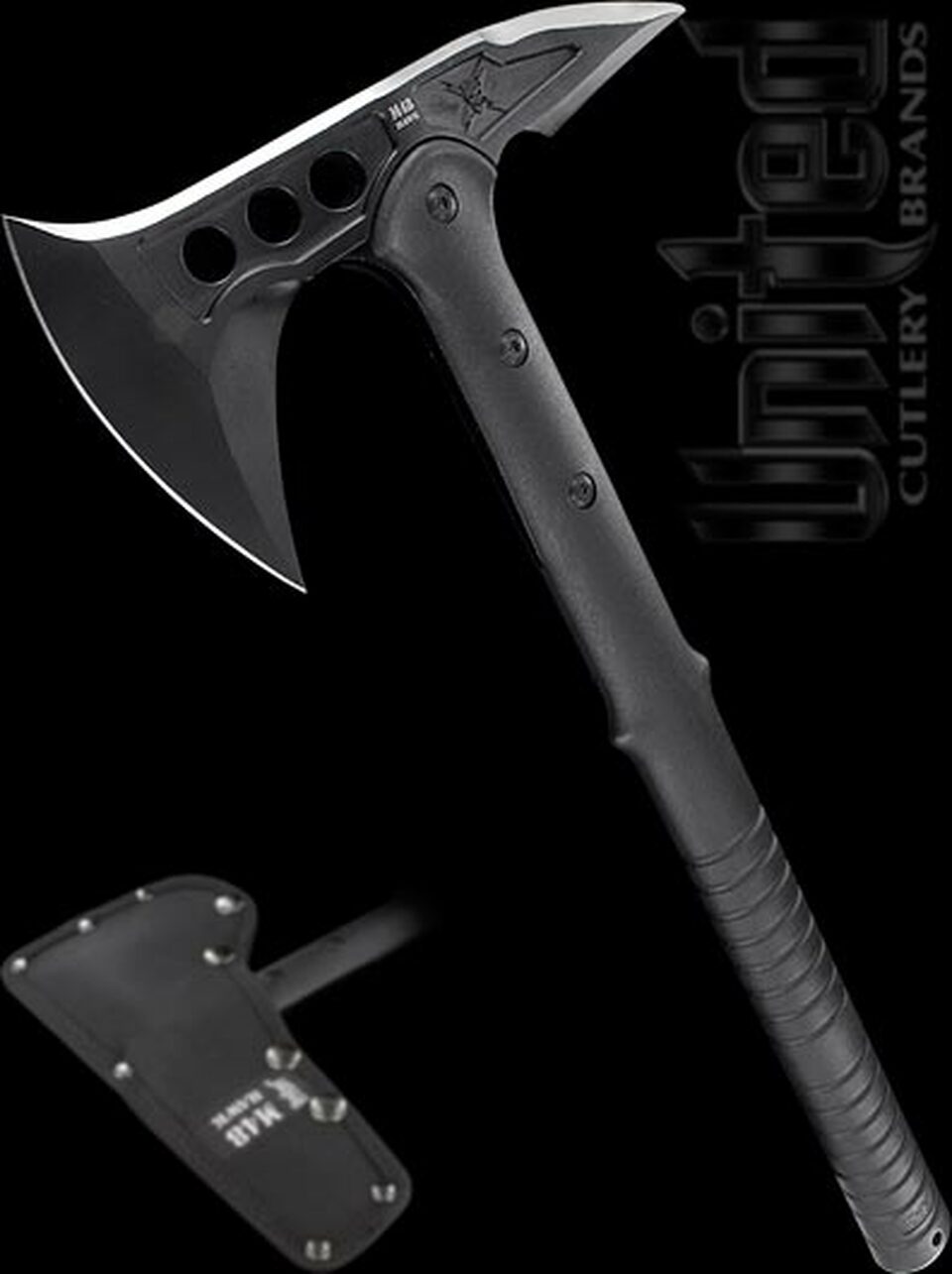
A bit of background to ‘the hawk’
Axes have been made and used since stone age man first tied a rock to a stick and used it for a specific purpose. After that they have been constructed from materials as diverse as bone, stone, wood, seashells, and animal horns. The word “tomahawk” was actually derived from the Algonquian (a native North American language) word “otomahuk” which meant “to knock down”.
The tomahawk we know today though is based on an everyday tool used by Native Americans as a tool for hunting and chopping wood. Today the function is pretty similar the only real difference being the materials, design and quality of the axes.
Tomahawk design means that it usually has two or more functions while a hatchet or axe has one. The blade side of the tomahawk is used for cutting or chopping. The other side of the tomahawk which is the butt or poll is typically used for breaking or breaching.
These days you see people like the U.S. military using them as well as bushcrafters, hunters, preppers, capers, climbers/mountaineers, and adventurers. This modern tomahawk is a work of art and created with the latest technology, giving you a virtually indestructible and tough piece of survival equipment.
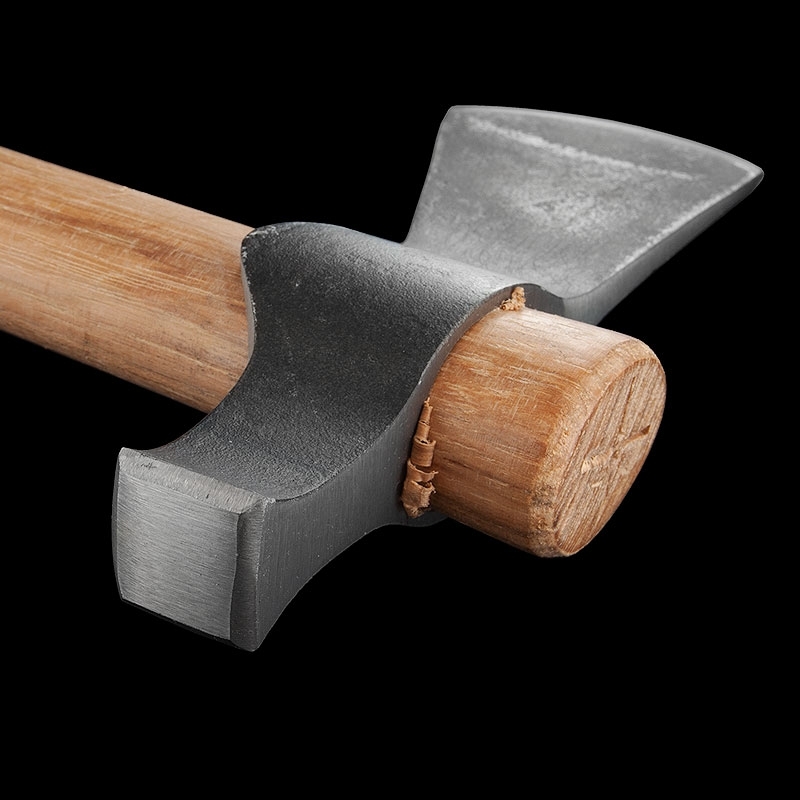
Types of Tomahawk axe
Tactical Tomahawk
A tactical tomahawk is built for particular actions with a specific end. This is the tomahawk version that is used by the recreational users and the military alike as a multipurpose tool. As we mentioned above these uses range from building camps to scaling mountains and so many other tasks.
Throwing Tomahawk
We’ve all seen them in movies being thrown around for fun, but all jokes aside there are many serious competitions all over the world. In these competitions people compete to see who can precisely strike their tomahawk targets. These tomahawks are optimised to be thrown instead of for other hand-held purposes.
How to choose the right Tomahawk
Choosing a good tomahawk isn’t the easiest job in the world. But, choosing the very best tomahawk is much harder!
A tomahawk is a great all around choice with their high versatility, high durability and great strength. But, they are also great for more specific tasks too. When it comes to choosing the best tomahawk axe, there are a few important design points to think about before just going ahead and buying a random one.
- What is the primary use for your new axe – survival, bushcraft, felling trees
- Profile and shape of the axe head – single head, double head, spiked head,
- Main handle: Materials and Length
- Weight of the axe – don’t be put off by a light axe, modern technology is very light
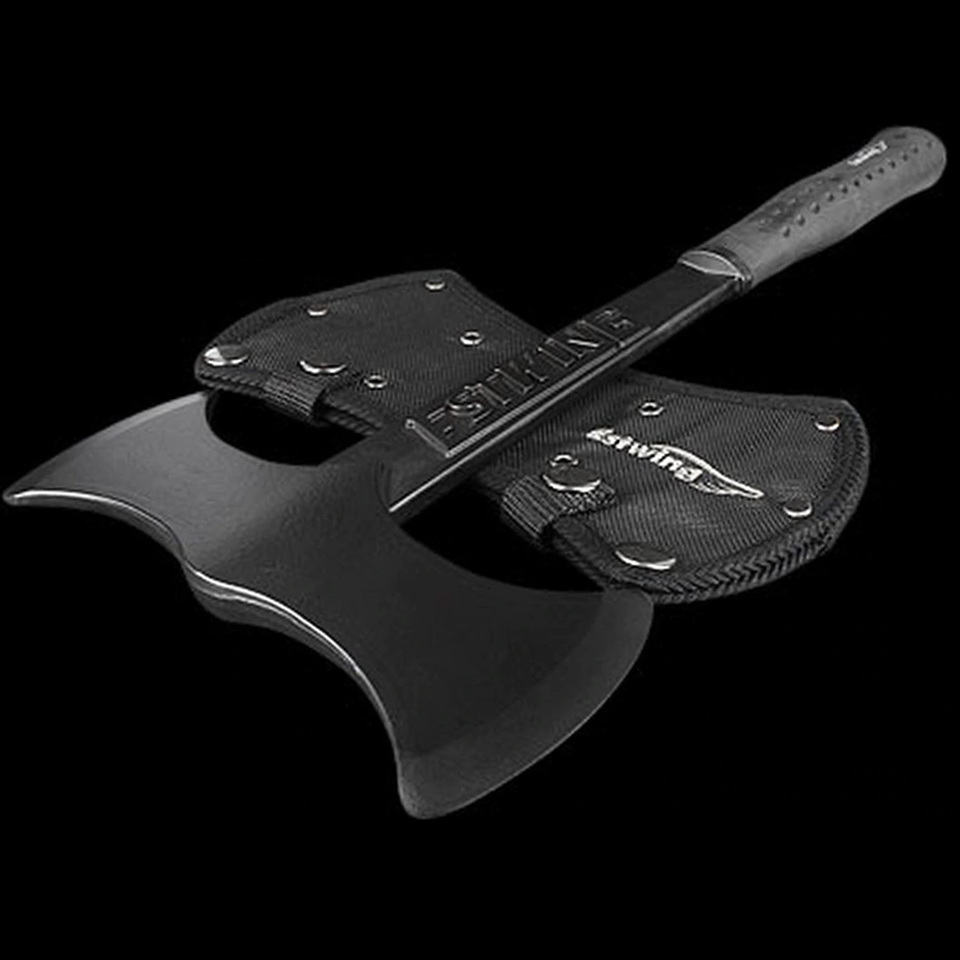
Now, below we will look in more detail at the above points
Primary uses
There are loads of uses for a tomahawk. We’ve mentioned some already and we’ll mention some others later, so in this little section we will talk about who will primarily need and use a tomahawk.
Firstly tomahawks are popular with anyone who ventures into the outdoors for more than just a stroll, such as bushcrafters, mountaineers, adventurers and trekkers. Then you’ve also get the sport market for those who enter tomahawk throwing contests and other outdoor competitions. Finally you’ve also got the military and related services. All of these people (and many others that we’ve forgotten to name) use tomahawks. If you’re one of these, or someone else we’d love to hear from you as to what you use and have used your tomahawk for!
Head Shape and Cutting Edge
Head Shape
With the head of a Tomahawk, you will be faced with a number of options. You can usually choose from; a single head, double head or a head with a spike/flat back. There are a few other types, but really these are the main ones.
We are seeing a lot more of the double head tomahawks with a spike at the moment. Which are brilliant as a multitasking tool! You have the large cutting edge of the one side, with a precision tool of the other. As an example, people who are into mountaineering need a tomahawk like this. However, bushcrafters may prefer a flat back, as it’s much better for pounding and hammering.
What you get with a single headed tomahawk is that all the design, power and strength is all channelled through the single cutting edge. Which makes it ideal for certain tasks but less well equipped for others.
You could also choose a double headed tomahawk. If you are into tomahawks for throwing then these could be perfect. Two blades, means double the chance of a good contact. If you aren’t interested in a tomahawk for throwing, then a double headed hawk could still be for you. Why? By having all the weight at the head and of the axe, it’s possible be generate a large amount of power. This is ideal for tasks such as cutting through trees.
Cutting Edge
A longer cutting edge will require a larger and heavier axe head. This added weight and edge length will however allow for greater force in your swings. This will make splitting wood and chopping doors easier. Many of the best tactical tomahawks have circular cut-outs in their cheeks to save weight without sacrificing the cutting edge size. This may be a good option if you want the largest cutting edge without the added fatigue of a big, heavy tomahawk.
A narrower cutting edge will typically be able to pierce deeper with each strike as it will encounter less resistance. This will make a narrower cutting edge better for emergency vehicle extraction and piercing heavy duty materials.
Handle
Handle Length
Tomahawks range in length from about 20 to 50cm. Determining how long your tomahawk should be will depend on your intended usage (as we keep going on about). A longer handle will provide greater leverage when prying and increased force when swinging but will be less compact and heavier. A smaller handle will enable more effective usage in close quarters and add less volume and weight to a pack. Here are some applications that are ideally suited for each type of handle:
Long Handle Tomahawk
Splitting wood
Chopping trees
Opening doors
Breaking locks
Butchering large game
Forceful opening of vehicles for rescue
Piercing tough materials – kevlar, sheet metal, wood, heavy plastic
Prying
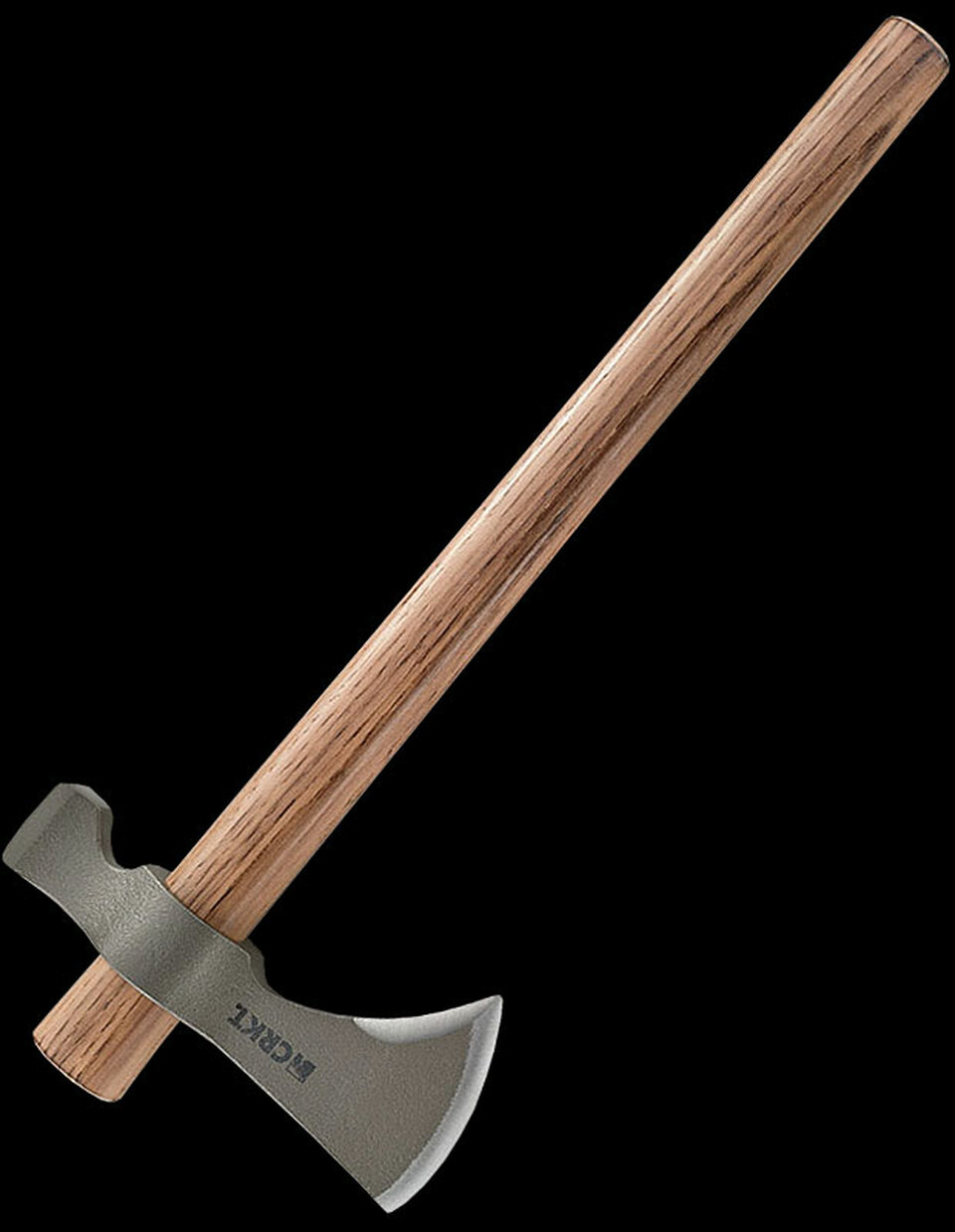
Short Handle Tomahawk
Long hikes (lightweight and compact)
Throwing
Precision chopping
Evacuating vehicles
Butchering small game
Weight
This is a tougher section to talk about. The reason is that technology is constantly moving forward and allowing us to create lighter and stronger materials than ever before. That means that a tomahawk, or even any axe for that matter that is for example 20+ years old is likely to be heavier than it’s counterpart being produced today. This doesn’t detract from the usability of the axe, in fact it probably enhances it.
Summary
Well this was supposed to be a brief guide to tomahawk axes. So if you’ve made it this far, you’re a true hero. You’re also a lot more knowledgeable too. So next time you your down the pub with your mates, tell them how much you know about tomahawks





